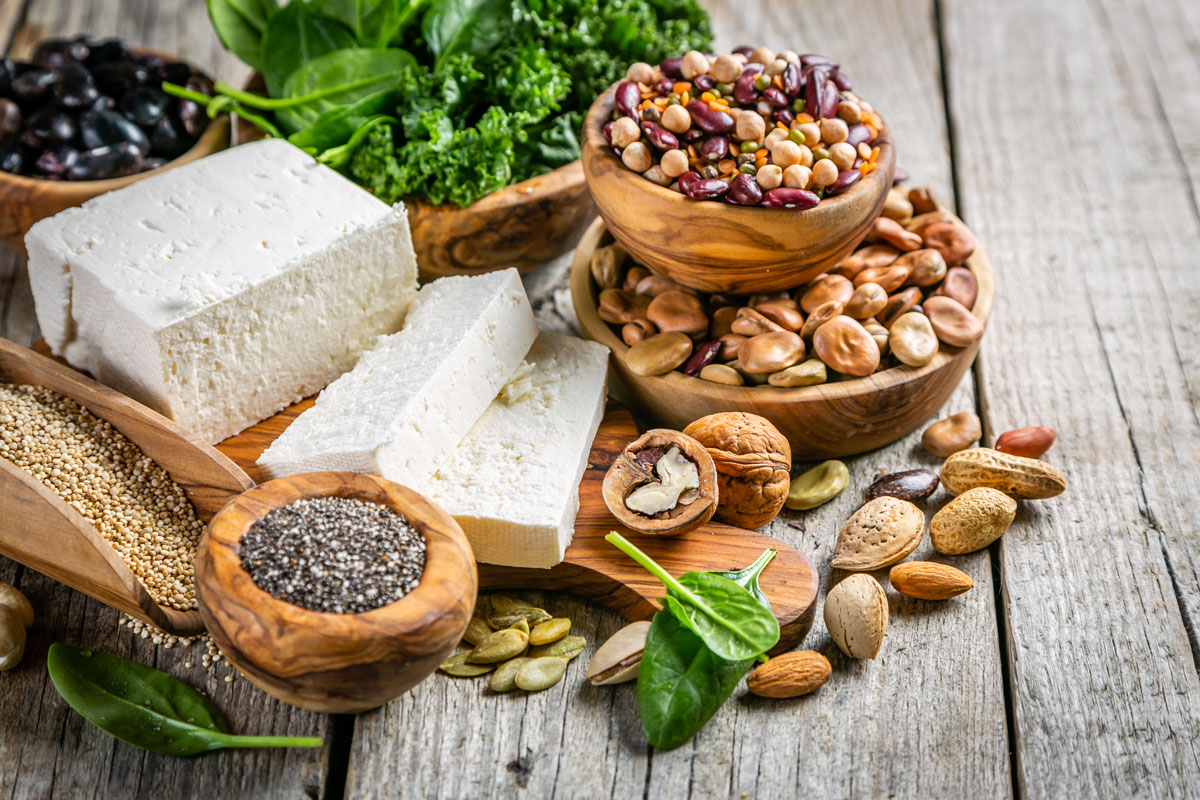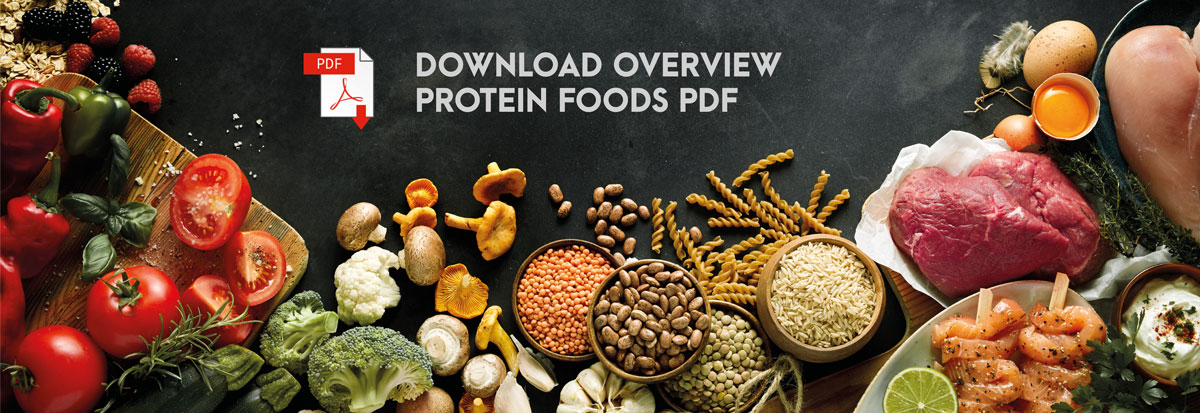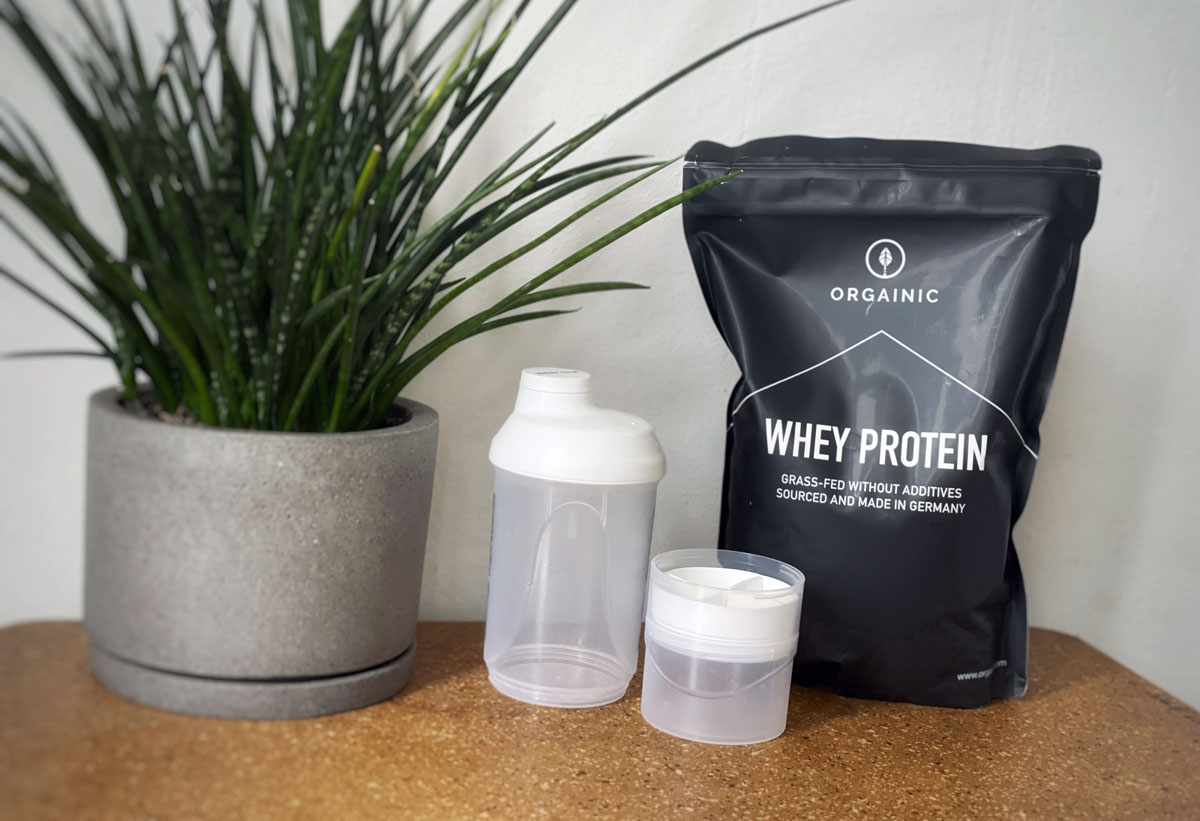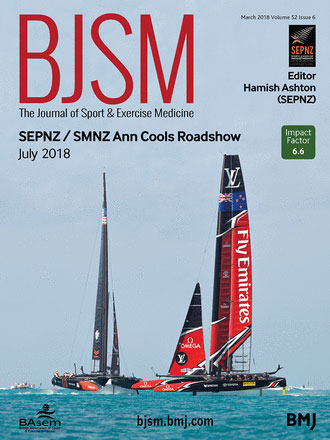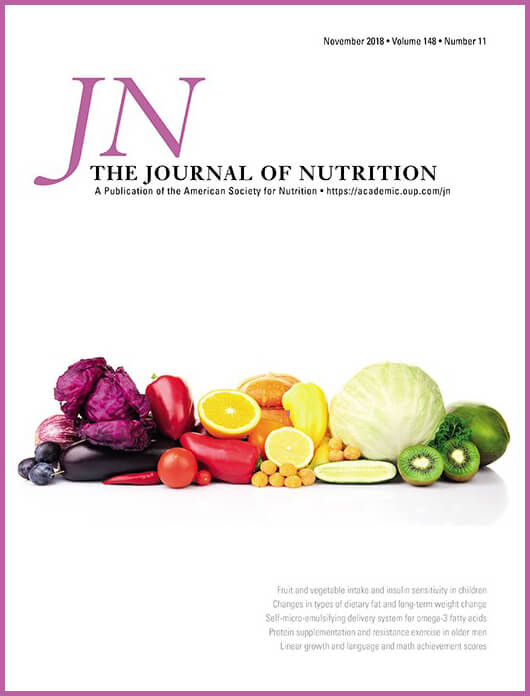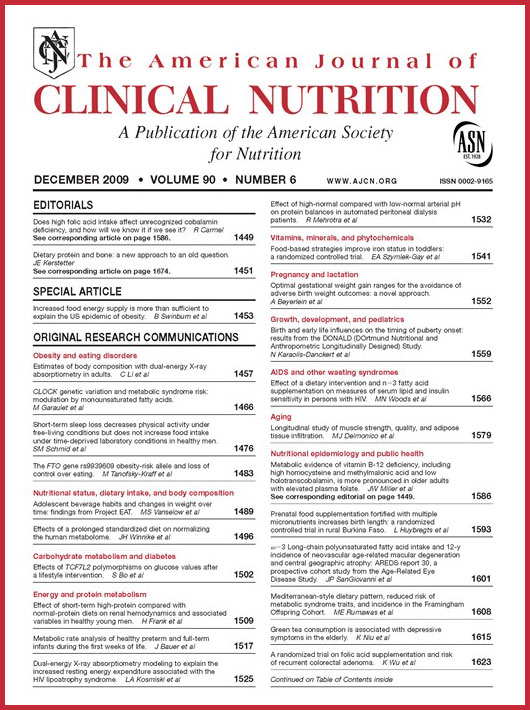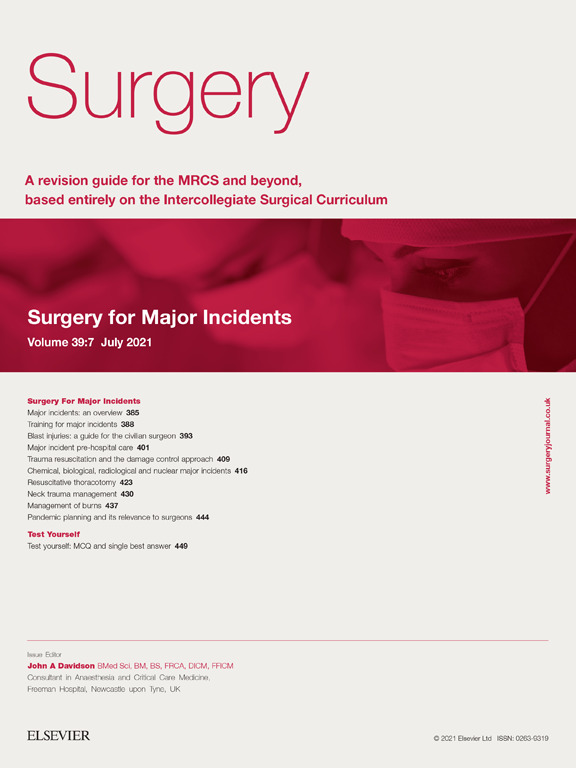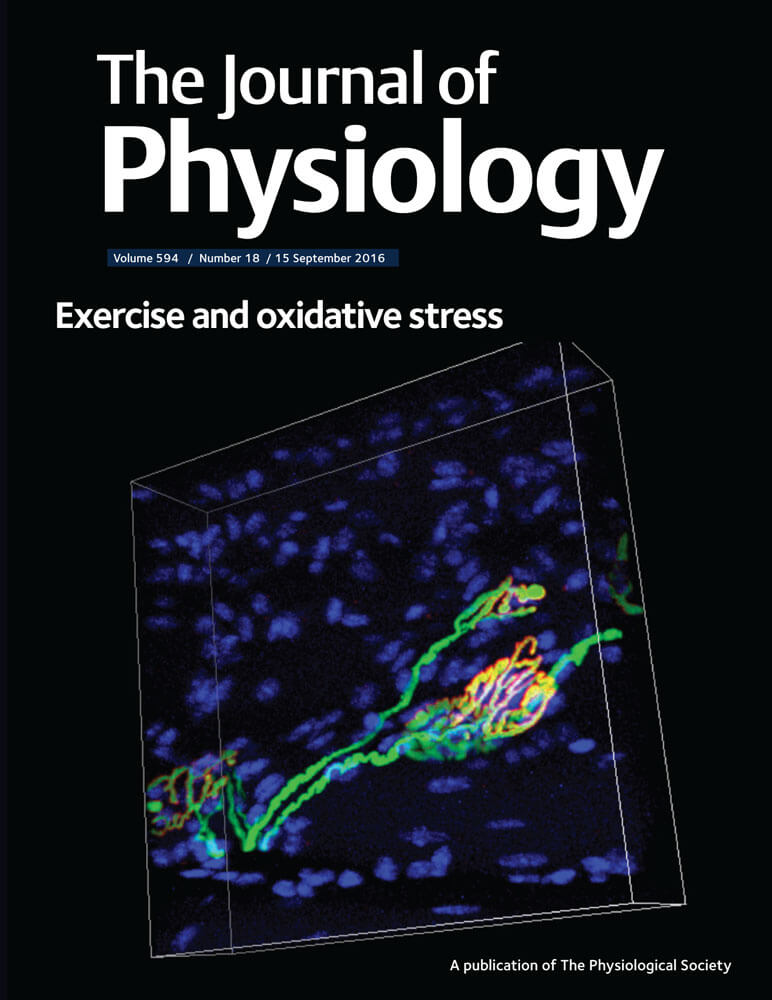DIS-TANZ DIARY #25
THE POWER OF PROTEIN
Aug 09, 2021 in DIS-TANZ-SOLO

Nutrition is a major concern for virtually all athletes, and especially when it comes to strength training programs, adequate protein intake is a key consideration.
There are a number of myths associated with high-protein diets (e.g. that they lead to osteoporosis and kidney damage) but most of them have now been debunked. At the bottom of the page you will find links to a number of systematic reviews and meta-analyses that deal with these topics in detail.
Another question that is always discussed is how much protein the body can actually absorb. However, this is a misleading discussion, because ultimately the question is not how much protein is absorbed (all of it!), but how large a proportion can actually be utilized for building muscle.
The rough guideline would be to consume about 1,6 – 2,4g per kg per day, and 20 – 40g per sitting, but it is important to remember that these numbers depend on many different factors: age, body size, proportion of lean body mass, amount of muscle mass being trained, etc.
Also, the time window for protein intake, which has long been considered to be 30-60 minutes after training, is not necessarily correct. It rather seems that the time frame is significantly larger and therefore you are pretty much on the safe side as long as you spread your meals evenly throughout the day.
Read on through the article to get plenty more important information about the role of protein and to discover a range of useful resources on the topic.

